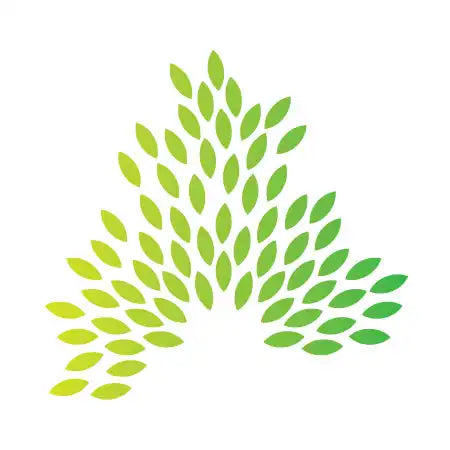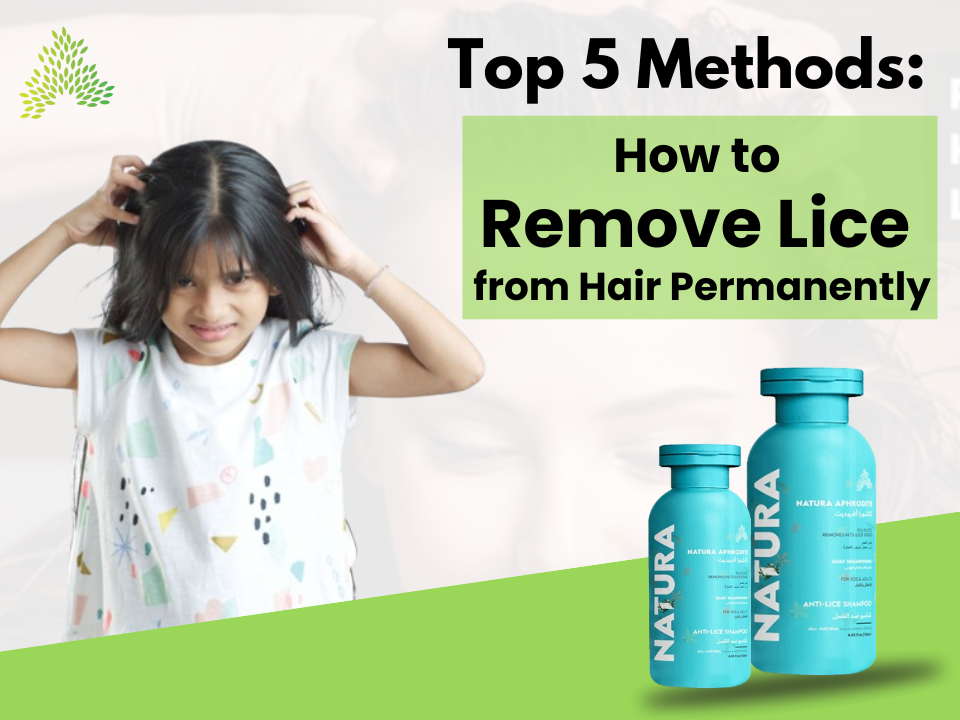Head lice infestations are a common concern affecting millions worldwide, particularly school-aged children, but they can also significantly impact adults. Contrary to popular belief, lice infestation is not an indication of poor hygiene. Instead, it's a widespread issue that can affect anyone.
Understanding of Lice
Lice are small, wingless parasites that have evolved to live exclusively on human hosts, from whom they feed on tiny amounts of blood several times a day. These pests are not capable of flying or jumping, but they can move quickly through hair, which makes direct head-to-head contact the most common way they spread.
Understanding the life cycle of lice is crucial for effective eradication. The life cycle comprises three stages:
Nit: Lice eggs, known as nits, are incredibly small and are laid by the female at the base of a hair shaft near the scalp.
Nymph: The stage following the egg is the nymph. Nymphs are immature lice that grow and molt three times before becoming adults.
Adult: The final stage of the lice life cycle is the adult louse, which is about the size of a sesame seed and is tan to grayish-white.
Identifying Lice Infestation
Identifying a lice infestation early is crucial for effective treatment and preventing the spread to others. Here’s how to recognize an infestation and properly check for lice:
Signs and Symptoms
The most common indicator of a lice infestation is persistent itching on the scalp, caused by an allergic reaction to lice bites. Other signs include:
Visible Nits: Lice eggs, or nits, resemble tiny white or yellowish dots firmly attached to hair strands, often found around the ears and the nape of the neck.
Active Lice: Though more challenging to spot due to their size and quick movement, live lice can be seen upon close inspection. Adult lice are about the size of a sesame seed and grayish-white or tan.
Redness and Sores: Prolonged scratching can lead to redness, sores, or even bacterial infection on the scalp.
How to Perform a Head Check
Conducting a thorough head check is the most reliable way to confirm a lice infestation. Here’s how to do it effectively:
Choose the Right Environment: Perform the check in a well-lit area or under bright sunlight. Natural daylight is the best to spot nits and lice.
Use a Fine-Toothed Lice Comb: Wet the hair slightly to make combing easier. Apply conditioner if needed to smooth the hair and facilitate the combing process.
Section the Hair: Start at the base of the neck and separate the hair into small sections. Clip up the rest of the hair on the head.
Comb through Each Section: Place the comb as close to the scalp as possible and comb through to the end of the hair. Wipe the comb on a white paper towel or tissue after each pass to check for nits or live lice.
Check the Entire Head: Pay particular attention to areas around the ears, behind the neck, and under bangs, as these are favorite spots for lice to inhabit.
Regular Checks: If you suspect exposure to lice or during an outbreak in your community, perform head checks weekly to catch any infestations early.
Effective Lice Removal Strategies
Addressing a lice infestation requires a multifaceted approach, combining effective treatments and diligent combing. Here's a closer look at the strategies available for lice removal:
OTC and Prescription Treatments
Over-the-counter (OTC) and prescription treatments are the frontline defenses against lice infestations. These products often come in the form of shampoos, lotions, or creams designed to kill lice and sometimes nits. Key active ingredients to look for include:
Permethrin: Found in many OTC products, permethrin is a synthetic chemical that acts as a neurotoxin to lice, effectively killing them. Products containing 1% permethrin are generally safe and effective for most individuals.
Pyrethrin with Additives: Pyrethrin, derived from chrysanthemum flowers, is used in combination with piperonyl butoxide in some OTC treatments to enhance efficacy.
Prescription Medications: For persistent or severe infestations, healthcare providers may prescribe stronger treatments like Malathion, benzyl alcohol lotion, or ivermectin. These products may have different application methods and considerations, so it's essential to follow medical advice closely.
Manual Nit Picking
An indispensable complement to chemical treatments is manual nitpicking. This process involves meticulously combing through the hair with a fine-toothed nit comb to remove lice and their eggs. Here’s why it’s important:
Completeness: While medicated treatments target live lice, they may not always kill 100% of the nits. Manual removal ensures the elimination of any remaining eggs.
Resistance: Some lice populations have developed resistance to chemical treatments, making physical removal a critical step for complete eradication.
Natural Remedies
Natural remedies for lice removal have been touted by some as safer alternatives to chemical treatments. Popular options include:
Essential Oils: Tea tree oil, lavender oil, and neem oil are believed to possess natural lice-repelling properties. However, their effectiveness varies and should be used cautiously, especially on young children.
Smothering Agents: Substances like olive oil, mayonnaise, or coconut oil are used to coat the hair and scalp overnight with a shower cap. The theory is that these thick agents suffocate the lice. In the morning, a nit comb removes the dead lice and nits.
Anti-Lice Shampoo
Anti-lice shampoos are formulated to kill head lice through active ingredients that target the nervous system of the lice. When selecting and applying an anti-lice lotion, consider the following steps:
Select the Right Product: Choose a lotion with proven efficacy, such as those containing permethrin, pyrethrin, or dimethicone. It's essential to read the label for any potential allergens and to follow age recommendations, as some products may not be suitable for very young children.
Application: Apply the lotion according to the manufacturer's instructions. This typically involves applying the lotion to dry hair, ensuring that all parts of the scalp and hair are covered. The lotion usually needs to remain on the hair for a specified period before rinsing out.
Comb out Dead Lice and Nits: After treatment, use a fine-toothed nit comb to remove dead lice and nits from the hair. This step is crucial for minimizing the chance of re-infestation.
Repeat Treatment: Some treatments require a second application about 7-10 days later to kill any newly hatched lice before they can reproduce.
Additional Tips
Check All Household Members: Lice can spread easily among household members, so it's a good idea to check everyone's hair and treat them if necessary.
Clean Personal Items: Wash bedding, hats, and clothing in hot water and dry on high heat to kill lice that may have fallen off the hair. Items that cannot be washed can be sealed in a plastic bag for two weeks or dry cleaned.
Conclusion
Permanently removing lice from hair involves a combination of effective treatment, diligent combing, and preventive measures to avoid re-infestation. Patience and persistence are key, as it may take several rounds of treatment and combing to completely eradicate the lice.
Frequently Asked Questions
Q1: Can lice jump from head to head?
Ans: No, lice cannot jump or fly; they spread only through direct contact.
Q2: How long do lice live on a human host?
Ans: Lice can live on a human host for up to 30 days.
Q3: How often should I use lice treatment products?
Ans: Follow the product instructions; usually, a second application is needed 9-10 days after the first to catch any newly hatched lice.
Q4: Can lice become resistant to treatments?
Ans: Yes, some lice may become resistant to over-the-counter treatments, requiring alternative methods or prescription medications.
Q5: Can head lice lead to serious health problems?
Ans: While head lice do not carry diseases, persistent scratching can lead



